Top Things to Know Before Buying House Plant Compost
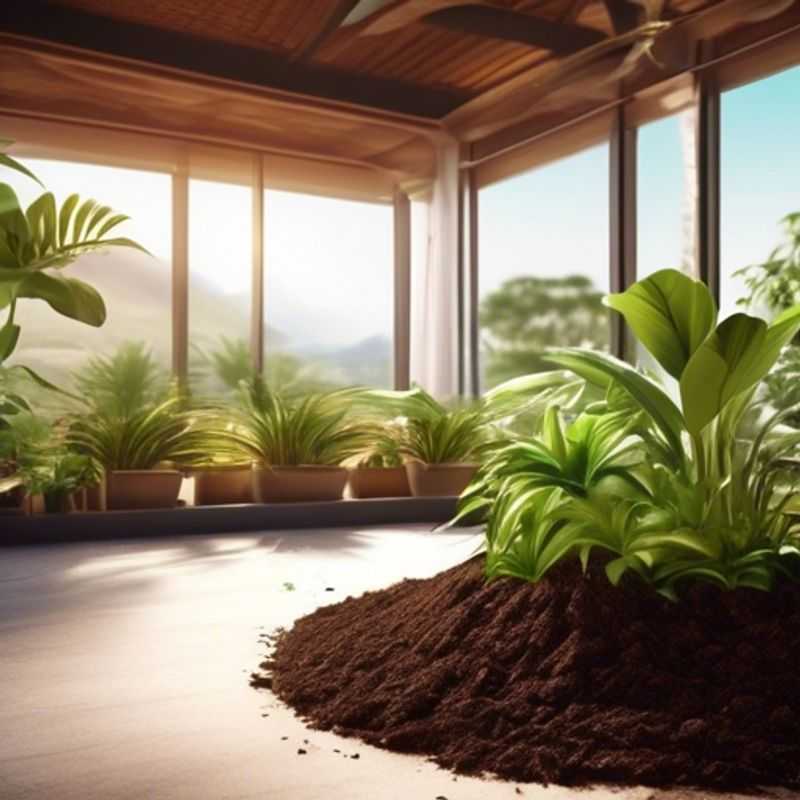
Top Things to Know Before Buying House Plant Compost: A Deep Dive into Nutrient Content, Drainage, Ratios, and More
Ah, houseplants! They bring life and vibrancy to our homes, but they also demand a little TLC. And what better way to show your green friends some love than with the right compost? Buying houseplant compost might seem simple, but there's a world of factors to consider! So, let's delve into the details, shall we?
First, the type of compost matters.

Compost for Houseplants: A Guide to the Best Types
Compost is a valuable resource for houseplants, providing essential nutrients and improving soil structure. Let's explore the types of compost suitable for your indoor greenery:
Homemade Compost: This is an eco-friendly option, created by breaking down organic materials like kitchen scraps and yard waste. It's generally rich in nutrients but can vary in consistency and quality. Ensure it's fully composted and free from weed seeds before using.
Manure-Based Compost: These types are often rich in nitrogen, phosphorus, and potassium, benefiting flowering and fruiting plants. Choose well-rotted manure to avoid burning your plant's roots.
Compost Tea: This is a liquid form of compost, brewed by steeping compost in water. It provides readily available nutrients to your houseplants. However, it's best to use it sparingly and dilute it well to prevent nutrient burn.
Worm Castings: Produced by earthworms, these are highly concentrated and considered a premium compost. They're rich in nutrients and beneficial microbes, making them ideal for promoting healthy plant growth.
Compost Mixtures: Many pre-packaged compost mixtures are available, often tailored to specific plant types. These offer convenience and a balanced mix of nutrients. Look for those specifically designed for houseplants.
Tips for Using Compost:
* Start with a small amount of compost, and gradually increase it based on your plant's needs.
* Avoid over-compacting the compost, which can hinder root growth and drainage.
* Supplement compost with other amendments like perlite or vermiculite to improve drainage and aeration.
* Regularly monitor your plants' health and adjust your compost usage accordingly.

The Nutrient Rich Bounty: Exploring the pH and Nutrient Content of Compost
Compost, the black gold of the gardening world, is teeming with nutrients that can give your plants a boost. The specific nutrient content can vary significantly depending on the source materials used and the composting process.
In general, compost is rich in nitrogen (N), phosphorus (P), and potassium (K) - the essential macronutrients for plant growth. It also contains micronutrients like calcium, magnesium, and sulfur.
The pH of compost is generally between 6.0 and 7.5, which is considered ideal for most plants. However, the pH can be influenced by the source materials. For example, compost made from acidic materials like leaves will have a lower pH than compost made from alkaline materials like manure.
Here's a simple breakdown of the nutrient content and pH of compost:
Nutrient Content:
High: Nitrogen (N), Phosphorus (P), Potassium (K)
Moderate: Calcium (Ca), Magnesium (Mg), Sulfur (S)
Trace Amounts: Other micronutrients
pH Level:
Typically: 6.0 - 7.5 (slightly acidic to neutral)
To determine the exact nutrient content and pH of your compost, you can have it tested by a certified lab. This can help you make informed decisions about how to use your compost to optimize plant growth.
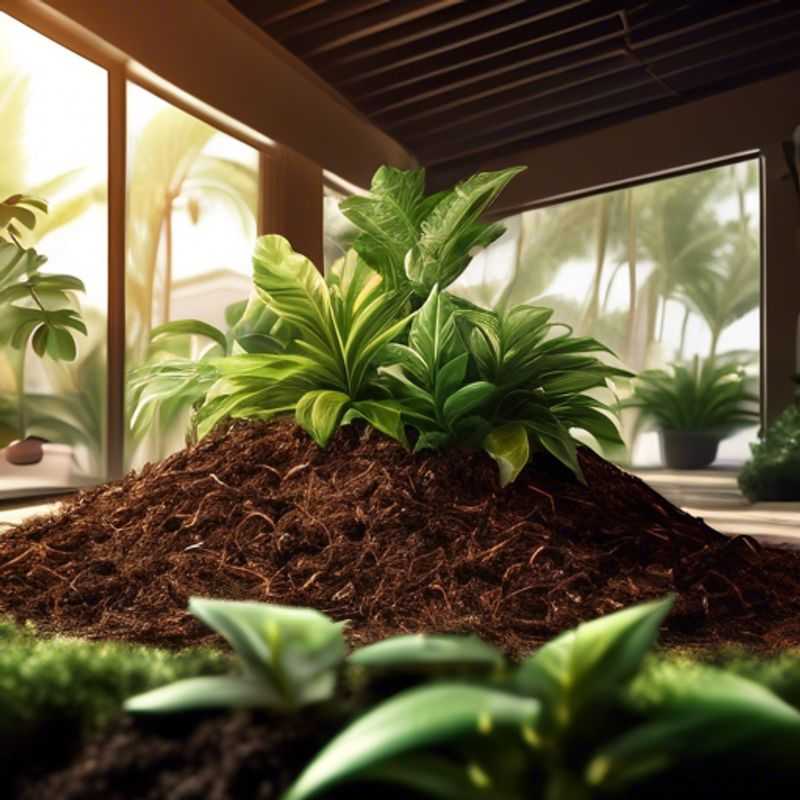
Compost's Secret Weapon: The Importance of Drainage
Compost, that magical concoction of decomposed organic matter, is a gardener’s best friend. It enriches soil, improves drainage, and provides essential nutrients. But for a successful compost heap, one vital element often gets overlooked: drainage.
Imagine a sponge soaked in water. It's heavy, soggy, and prone to mold. That's what happens to compost without proper drainage. Waterlogging creates an anaerobic environment where beneficial microbes struggle to thrive, and harmful bacteria flourish. This hinders decomposition and creates a smelly, unusable mess.
Good drainage is all about balance. We want compost to retain moisture, but not become waterlogged. This is achieved through the structure of the compost mix. Adding materials like wood chips, straw, or shredded paper creates air pockets that allow water to drain away. This allows oxygen to reach the microbes, ensuring efficient decomposition.
Here are some essential tips to ensure good drainage:
1. **Choose the right location**: A slightly sloped area helps water drain away naturally.
2. **Build a raised bed**: Raised beds provide better drainage than ground-level compost bins.
3. **Use a compost bin with drainage holes**: This allows excess water to escape, preventing waterlogging.
4. **Avoid overwatering**: Overwatering can lead to anaerobic conditions. Water only when the compost feels dry to the touch.
By prioritizing drainage, you'll create a thriving compost pile teeming with beneficial microbes. This results in nutrient-rich compost that will nourish your garden for years to come. Happy composting!
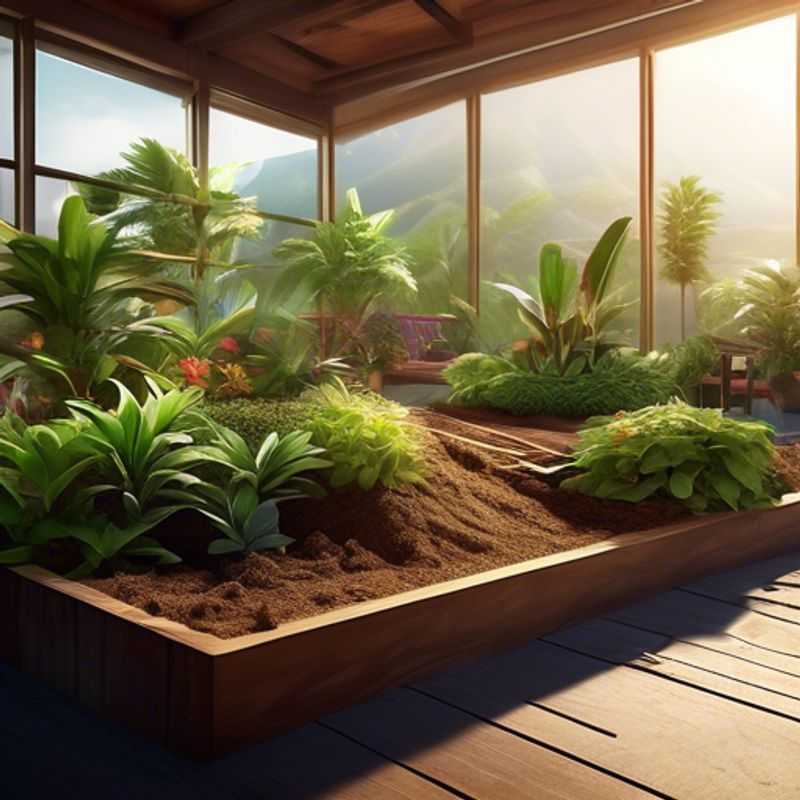
Compost to Soil Ratios: A Guide to Achieving Healthy Soil
When it comes to amending your soil with compost, there's no one-size-fits-all ratio. The optimal compost to soil ratio depends on several factors, including the type of soil you have, the plants you're growing, and the desired effect.
For most gardening situations, a 25% compost to 75% soil ratio is a good starting point. This means that for every 3 parts of soil, you would add 1 part of compost. You can adjust this ratio based on your specific needs.
For example, if you have heavy clay soil, you may want to use a higher percentage of compost to improve drainage and aeration. Conversely, if you have sandy soil, you may want to use a lower percentage of compost to retain moisture.
When adding compost to your soil, it's important to spread it evenly and work it in thoroughly. This will ensure that the compost is incorporated into the soil and that it can benefit your plants.
Remember that compost is a valuable resource that can improve the health and fertility of your soil. By using a suitable compost to soil ratio, you can create an optimal environment for your plants to thrive.
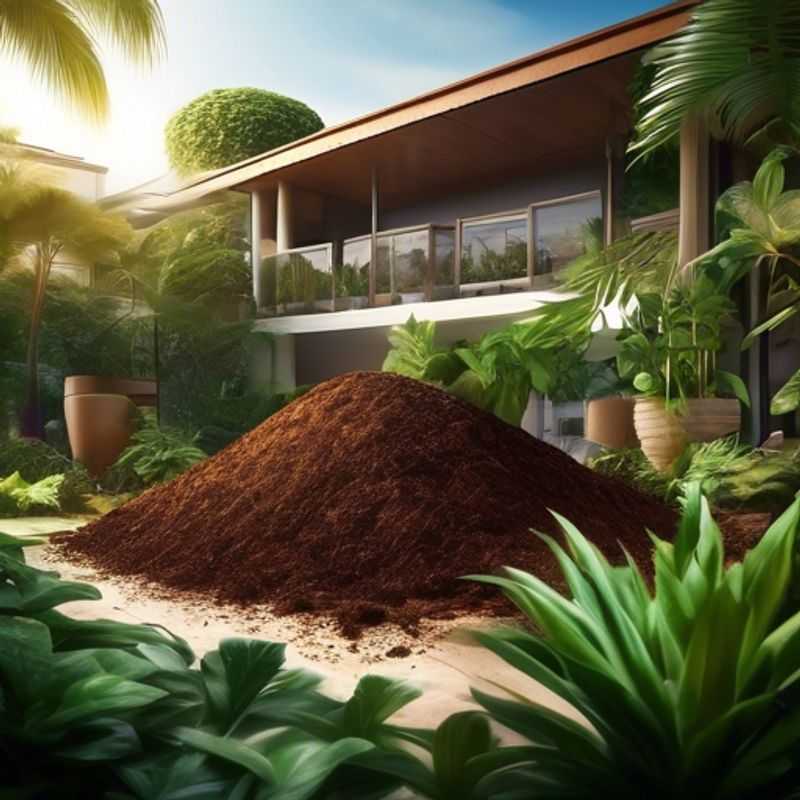
Decoding Your Plant's Signals: Overwatering vs. Underwatering
A well-hydrated plant is a happy plant, but striking the right balance between watering and dryness can be a delicate dance. Overwatering and underwatering, both have distinct signs, and understanding them is crucial for your plant's health.
Overwatering is a common issue. Its symptoms are often subtle at first. Look for wilting leaves, especially the lower ones. The leaves may also develop yellowing, and the soil will feel constantly damp or even soggy. If left unchecked, root rot may set in, a serious condition where roots start to decay, leading to a decline in the plant's health.
Underwatering, on the other hand, is more obvious. The leaves will wilt, droop, and turn brown at the tips. The soil will feel dry to the touch and might even crack. In extreme cases, the plant might even start to shed leaves as a survival mechanism.
To prevent these issues, pay close attention to your plant's needs. If you suspect overwatering, consider repotting the plant with fresh, well-draining soil and allowing it to dry out completely between waterings. For underwatered plants, water deeply and allow the soil to dry slightly before watering again. Remember, every plant is unique and has different water requirements. Researching the specific needs of your plant species is a good starting point.
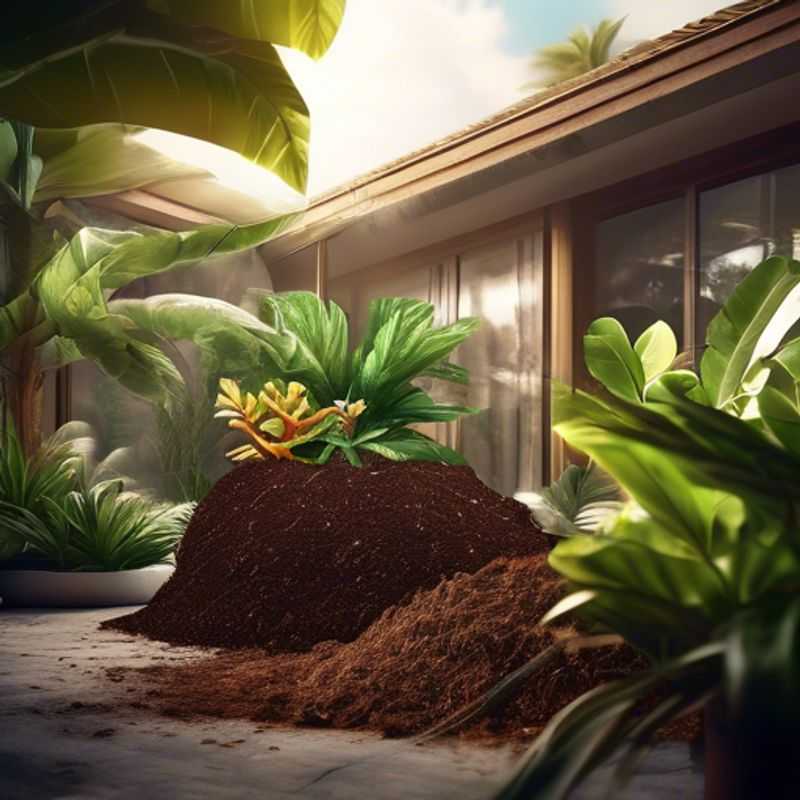
The Art of Repotting: Extending Your Houseplants' Lifespan Through Compost
Compost longevity and repotting are vital for your houseplants' health. Fresh compost lasts about 12 months, after which its nutrient content declines. While it might still hold moisture, it loses its ability to support plant growth effectively.
Repotting your plants in fresh compost annually is crucial. As plants grow, they deplete nutrients in the existing compost. Repotting refreshes their growth medium, providing vital nutrients for healthy development.
Signs your plant needs repotting: Roots emerging from drainage holes, slow growth despite regular care, or the plant becoming top-heavy and unstable. Repotting allows for healthy root development, promoting vigorous growth.
Consider high-quality compost containing a balanced blend of nutrients, suitable for your specific plant type. You can also choose compost with added ingredients like slow-release fertilizer for longer-lasting nutrition.
Repotting is a simple process. Choose a pot slightly larger than the current one. Gently remove the plant from its pot, loosen the roots, and place it in the new pot with fresh compost. Water thoroughly, ensuring the compost is evenly moist.
Important note: Avoid overwatering after repotting. Allow the top inch of soil to dry before watering again. This helps prevent root rot, a common issue after repotting.
Remember, consistent compost changes and repotting ensure your houseplants thrive, contributing to their long-term health and beauty. Enjoy the process, and watch your green companions flourish!

Organic vs Synthetic Compost: Which is Right for Your Garden?
When it comes to enriching your soil, you have two main compost options: organic and synthetic. Organic compost is made from natural materials like leaves, food scraps, and manure, while synthetic compost is manufactured using chemical fertilizers and other ingredients.
Organic compost is a popular choice for its natural origins and long-term benefits. It adds essential nutrients to the soil, improves drainage and water retention, and encourages beneficial microbial activity. However, organic compost can take longer to break down and might not always meet the specific nutrient needs of certain plants.
Synthetic compost, on the other hand, provides a quick boost of nutrients, making it an attractive option for fast-growing plants or gardens with specific deficiencies. However, it can negatively impact soil health in the long run if used excessively, as it lacks the beneficial microorganisms and organic matter found in organic compost. Additionally, synthetic compost can potentially harm beneficial organisms in the soil.
Choosing the right compost depends on your specific needs and preferences. If you're looking for a natural and sustainable approach, organic compost is a great option. If you require a fast nutrient boost, synthetic compost can be helpful, but it's crucial to use it sparingly and in conjunction with other soil amendments.
Remember, both organic and synthetic compost can contribute to healthy soil. It's about understanding the advantages and disadvantages of each option and choosing what aligns best with your gardening goals.
